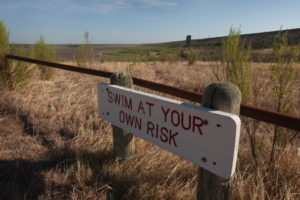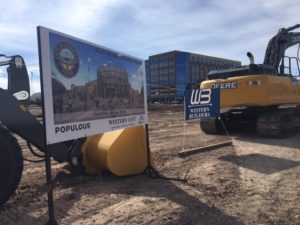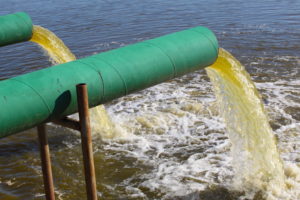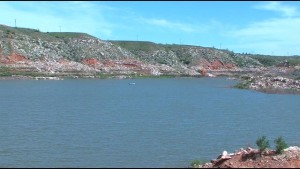I am acutely aware that a couple days of heavy rainfall isn’t going to bust a drought, but I have to say that the sight of a nearby lake gives me hope for the future of our region’s supply.
What makes me feel this way? I drive frequently along U.S. 380 from Princeton to Farmersville, Texas, as part of my work as a freelance journalist. My seven-mile drive takes me over a finger of Lake Lavon, which I have noticed over the past week or two has been rising dramatically.
A bridge crosses the lake from the north side of 380 and I have noticed that the water level is creeping up to the bottom of the roadway. It’s still several feet below the deck and it likely won’t ever go over the top. What’s more the shoreline around the lake is now under several feet of water.
I write this little ditty awaiting another drenching that’s coming our way, or so the weather forecasters are telling us. They’ve been wrong before, but the thunder we’re hearing tells me it’s on its way.
I am going to interview the chairwoman of the Texas Water Development Board in a few days for a story I am working on for KETR-FM radio. I well might ask her if my optimism is warranted.
Stay tuned … and stay dry.









